Figures & data
Figure 1. The study design consists of 24 circular landscape plots in Central Hungary (left). They are grouped into trios with a sown wildflower field, a triplet of sown wildflower strips and a control (right). Based on images from Google Earth (Citation2021).
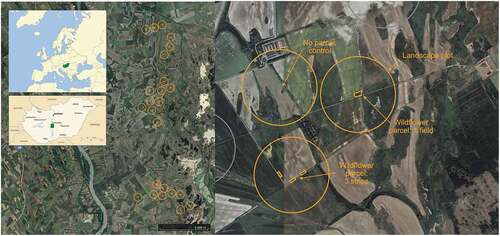
Figure 2. Schematic representation of the landscape plot (left) with a wildflower parcel (rectangle), the distribution of the pan traps (dots) and trap nests (crosses). The sampling methods in the parcels (right) consist of botanical surveys (squares), pollinator transects (solid line) and malaise traps (triangle).
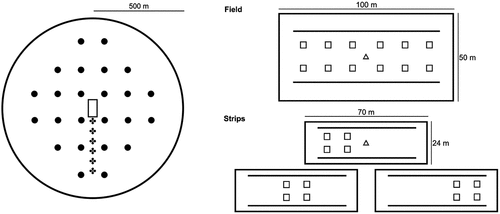
Figure 3. The overview of a wildflower strip in a homogeneous landscape (left) shows its island-like setting. A malaise trap is set out for a week in one of the wildflower parcels and targets most flying insects (right). Photographer: Viktor Szigeti (left), Zoltán Soltész (right).
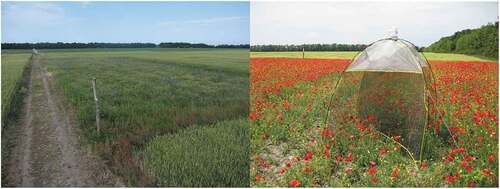
Figure 4. Occupied reed stems in a trap nest are sealed with a mud plug (left). They can contain several brood cells of bees or wasps (Aculeata) that consist of a developing offspring with a pollen package or prey (e.g., spiders) as food resource (right). Photographer: András Báldi (left), Áron Bihaly (right).
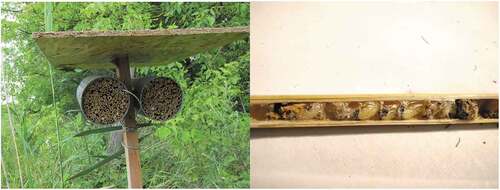
Figure 5. Pan trap mounted on a pole in a harvested oilseed rape field (left) and collected insects after 48 hours (right). Photographer: András Báldi (left), Raoul Pellaton (right).
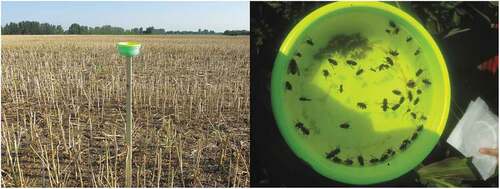
Figure 6. Close-ups of the wildflower parcel show the successional development from the first year (left) and the second year (right). In the first year, the vegetation was dominated by fast-growing agricultural weeds, which were largely outcompeted in the second year by the sown plant species. Photographer: Viktor Szigeti.
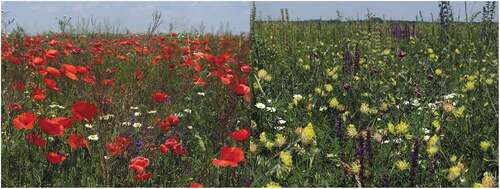
Figure 7. A large pollinator community visits the flowers of the wildflower parcels and will find suitable permanent habitat in the agricultural landscape, among them Halictus eurygnathus on Centaurea cyanus (left) and Lycaena thersamon on Matricaria chamomilla (right). Photographer: Raoul Pellaton (left), Viktor Szigeti (right).
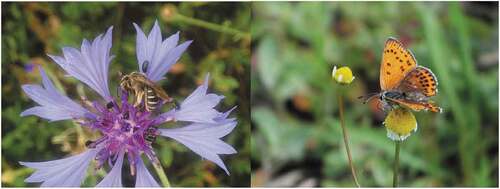
Table
